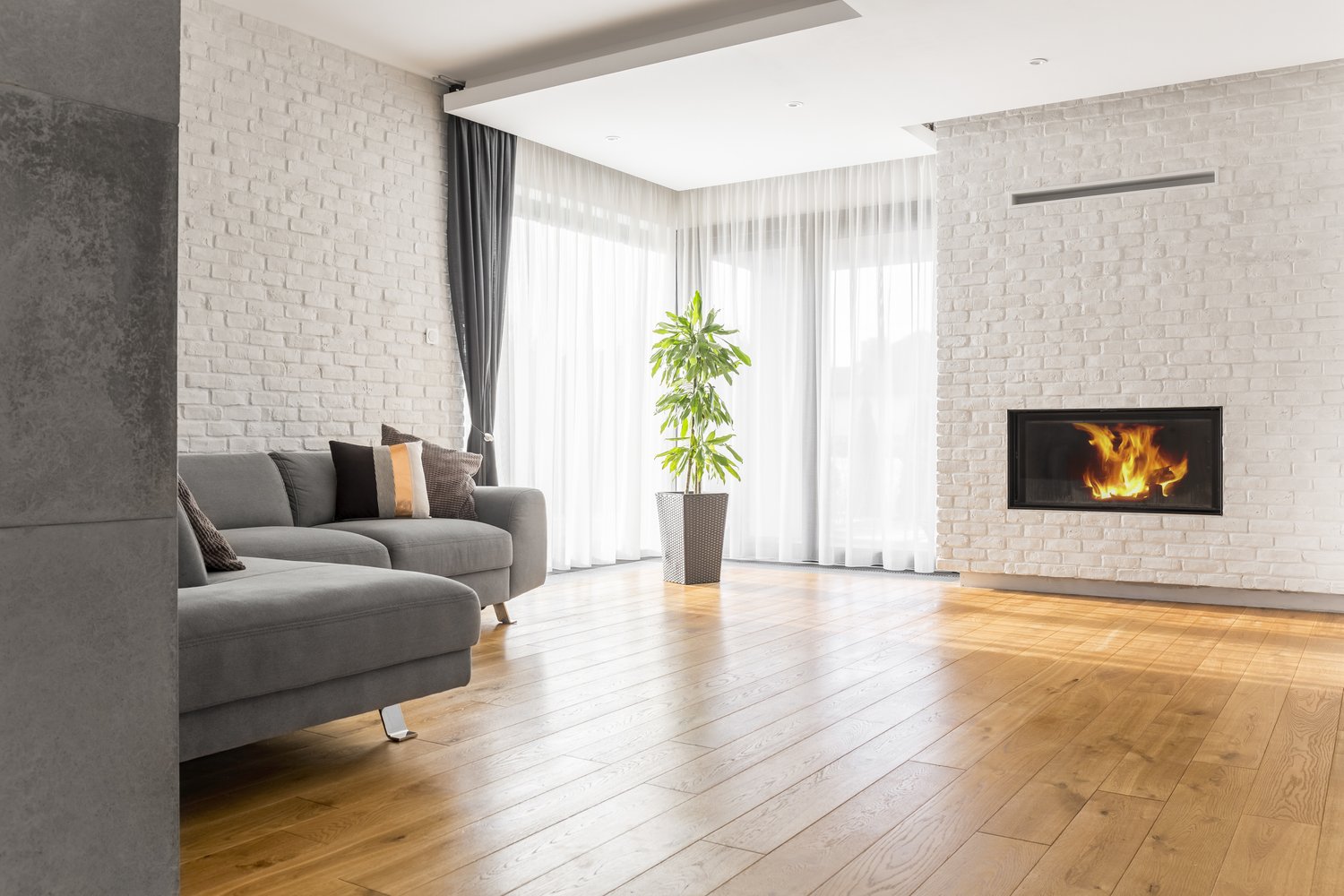Transitioning between homes represents one of life’s most significant changes, whether you’re a tenant completing your lease or a homeowner selling your property. During these transitions, professional move-in and move-out cleaning services play a crucial role in ensuring properties are properly prepared for their next occupants. This comprehensive guide explores what’s typically included in these specialized cleaning services, why they matter for both property owners and tenants, and how they differ from regular cleaning routines. Understanding these services can help you make informed decisions about your cleaning needs during your next move.
The Importance of Professional Move-Out Cleaning
When vacating a property, thorough cleaning is far more than just a courtesy—it’s often a contractual obligation. For renters, a comprehensive end of tenancy cleaning can mean the difference between receiving your full security deposit back or facing unexpected deductions. Landlords typically expect properties to be returned in the same condition they were initially provided, minus normal wear and tear. A professional move-out cleaning ensures every corner of the property receives attention, addressing areas that might be overlooked during regular maintenance cleaning.
For homeowners selling their properties, a pristine presentation can significantly impact buyer interest and even affect selling price. First impressions are paramount in real estate transactions, and a spotless home communicates care and proper maintenance throughout ownership. With so much at stake financially, many find that investing in professional move-out cleaning services provides an excellent return on investment by avoiding deposit disputes or enhancing property marketability.
What’s Included in a Standard Move-Out Cleaning Checklist
A comprehensive move out cleaning checklist goes far beyond the scope of regular household cleaning. These specialized services target empty spaces, reaching areas that are typically inaccessible when furniture and belongings are present. Starting with kitchens, professionals typically clean inside and behind appliances, degrease oven interiors, descale sinks, sanitize countertops, and ensure cabinet interiors are dust-free and spotless.
In bathrooms, move-out cleaning involves descaling shower doors and fixtures, sanitizing toilets inside and out, cleaning grout lines, addressing mold or mildew issues, and ensuring all surfaces shine. Throughout the home, services include baseboards, door frames, light fixtures, ceiling fans, window tracks, and those often-neglected areas behind where furniture once stood. Wall cleaning to remove marks, cobweb removal from corners, and intensive floor care complete the process. This thorough approach explains why rental cleaning services are considered a specialty that commands different pricing than regular maintenance cleaning.
The Difference Between Regular and Move-Out Cleaning
Standard weekly or bi-weekly cleaning focuses on maintaining visible surfaces and high-traffic areas. In contrast, move-out cleaning addresses the entire property at a much deeper level. The primary distinction lies in accessibility—when a property is empty, cleaners can reach every corner, behind appliances, inside storage areas, and address buildup that might accumulate over months or years of occupancy.
Another key difference is the thoroughness required. While regular cleaning might involve dusting visible surfaces, move-out cleaning includes washing walls, cleaning inside light fixtures, addressing ventilation covers, and ensuring even rarely-seen areas meet inspection standards. This intensive approach makes move-out cleaning particularly valuable as part of the AskHomey home service marketplace, where connecting with qualified professionals ensures your cleaning meets property management or real estate standards.
Understanding Move-In Cleaning Service Cost Factors
The move in cleaning service cost typically depends on several factors, including property size, condition, location, and specific requirements. Many cleaning companies offer tiered packages, with basic services covering fundamental cleaning tasks and premium packages including extras like carpet shampooing or window washing. On average, studios and one-bedroom apartments might cost between $110-$150, while larger homes can range from $200-$400 depending on square footage and requirements.
Additional factors influencing pricing include the property’s current condition, how long it’s been vacant, whether it needs specialized treatments like pet odor removal, and regional cost differences. Many find that investing in professional move-in cleaning before unpacking provides peace of mind regarding sanitization and prevents bringing previous occupants’ dirt or allergens into their living environment. When comparing quotes, ensure you understand exactly what’s included to make appropriate comparisons between service providers.
Benefits of Professional Services vs. DIY Cleaning
While DIY moving cleaning might seem cost-effective initially, professional services offer distinct advantages. Professional cleaners bring specialized equipment, commercial-grade products, and experienced techniques that achieve results challenging to match with household cleaning tools. Their efficiency can also save valuable time during an already stressful moving period, allowing you to focus on other aspects of your transition.
For landlords and property managers, professional end of tenancy cleaning provides documentation and guarantees that can be important during deposit disputes. Most reputable services offer satisfaction guarantees, returning to address any issues identified during final walk-throughs. This professional approach helps maintain positive relationships between all parties involved in the property transition while ensuring consistent cleaning standards.
For more tips and to connect with reliable home service professionals, follow AskHomey on Facebook and Instagram.



